Tent Choosing Guide
It can be challenging to choose the best tent for you given the wide variety of alternatives available for tents. You need a tent you can count on whether you're high up in the hills waiting out a storm, moving quickly and light on a multi-day hike, or setting up camp with the family at a designated campsite.
Here is where we come in. In order to help you decide which tent is best for your camping needs, we have put up the most comprehensive shopping guide for tents, taking into account the many different features available.

Which Tent Size Do You Need?
What size tent you need will depend on how many people will be camping with you and sharing your tent.
'Man' theory is not the only rule
First thing: there's more to tent sizes than meets the eye. Not individuals with luggage, but rather the number of people a tent can accommodate, is indicated on the label. When choosing your tent, it's vital to keep in mind that a "4-person" or "4-berth" tent will usually only fit two people with luggage, unless they have a living space that may be utilized as storage.
Family-sized tents
You can choose a larger tent if the bulk of your camping trip consists of driving to a campsite and unloading the car because weight won't be a major concern. There are multiple rooms in many large tents that can serve as separate bedrooms. With more privacy and personal space, this is perfect for families with kids or folks camping with friends.

What "Season" Tent Ought You To Purchase?
1-season tents
A 1-season tent is the perfect option if you only camp during the hot summer months due to its breathability and ventilation. They typically can handle light rain and a little wind, but nothing more intense. One-season tents are advised for only fair weather camping because they offer limited flexibility for any season other than summer.
3-season tents
Lightweight shelters called "3-season tents" are made for the comparatively moderate seasons of spring, summer, and fall. They frequently have large mesh panels to improve airflow. 3-season tents may resist downpours when properly erected and equipped with a taut rainfly, but they are not the greatest option for prolonged exposure to severe storms, strong winds, or deep snow.

3- 4-season tents
Extended-season (3+ season) tents are designed for extended 3-season use and are excellent for journeys in the summer as well as in the early spring and late fall when light snowfall is possible. Their objective is to provide a balance between strength, warmth retention, and ventilation.
4-season tents
Despite what the name might imply, 4-season tents are best used in the winter. They are made for cold climes, strong winds, and deep snow, even though they can be used all year round. Because they have more insulation and less airflow, they are not recommended in warm weather.

Tent Designs
Dome tents
Dome tents are roomy and simple to set up. They are a fantastic option for individuals who would like a little more room to sit up in because of their stable, lightweight design, which features two main poles that cross once at the highest point of the tent.
Tunnel tents
The arch shape of a tunnel tent is consistent. They provide uniform headroom and good interior space. Although they are less prevalent than dome and cabin tents, their use is growing.
Cabin tents
Families or individuals seeking a higher peak often utilize cabin tents, which are larger tents. Because the walls are more vertical, the center peak height is higher and you can stand up straight.

Pop up tents
It was intriguing to see pop up tents for the outdoors because my kids used to play inside with pop up tents. Some of these tents are quick to erect. The tent literally pops out of the storage bag when it is removed, and it can then be staked down.
What To Look For When Choosing A Tent
Flysheet
A flysheet is a common feature of tents; it is the outer covering that keeps people inside dry. Flysheets typically have a waterproof covering applied to them. The location and timing of your use of the tent should guide your material decision for the flysheet, which is often composed of either polyurethane (PU), which offers the best waterproofing, or polycotton, which is ideal for breathability in temperate areas.
Inner tent
The inner tent is intended to provide maximum comfort. For ventilation, inner tents will use a combination of solid fabric and mesh. Models designed for all-year use will allow you to cover any mesh panels for extra warmth on colder nights.
Groundsheet
Groundsheets for tents can be sewn in or linked in. Sewn-in groundsheets indicate that the tent is a self-contained unit, whereas linked-in groundsheets must be attached to the tent. It's also worth thinking about adding an extra layer of security.
Doors
Designs with a single door help to reduce overall weight, whereas dual-door models are more practical for more than one occupant.
Vestibules
Vestibules (or porches) are tent areas that are covered by the flysheet but separate from the main inner tent. They're great for keeping wet or muddy gear out of the sleeping area or acting as an extension of living space when sitting out bad weather.

Ventilation
Ventilation is essential for preventing condensation from forming in your tent and leaving you with a pool of water to wake up to! Condensation is a particular issue when the temperature outside is much cooler than inside the tent, so make sure your tent is well-ventilated and that you have the option of leaving the door or windows slightly open to ensure a comfortable trip.
Tent Types
Backpacking tents are ideal for self-supported adventures that take you off the beaten path. They are made of lightweight fabrics and poles and come in a variety of styles, ranging from minimalist setups that keep weight to an absolute minimum to roomier designs with generous vestibules that provide more usable space while remaining light enough to carry comfortably. Backpacking tents are much smaller and lighter than campsite tents and can withstand harsher weather conditions.

Campsite tents are more suited to group and family camping. They have larger living areas, more features, and are designed with comfort and practicality in mind. Because of their larger size, they are heavier, and these tents are not intended to be carried long distances. They are best suited for use in campgrounds where you can park close to your pitch. They are simple to set up and provide a dry, spacious, and dependable shelter if the weather turns bad.
Related Articles
Best Camping Tents of 2022-Naturehike


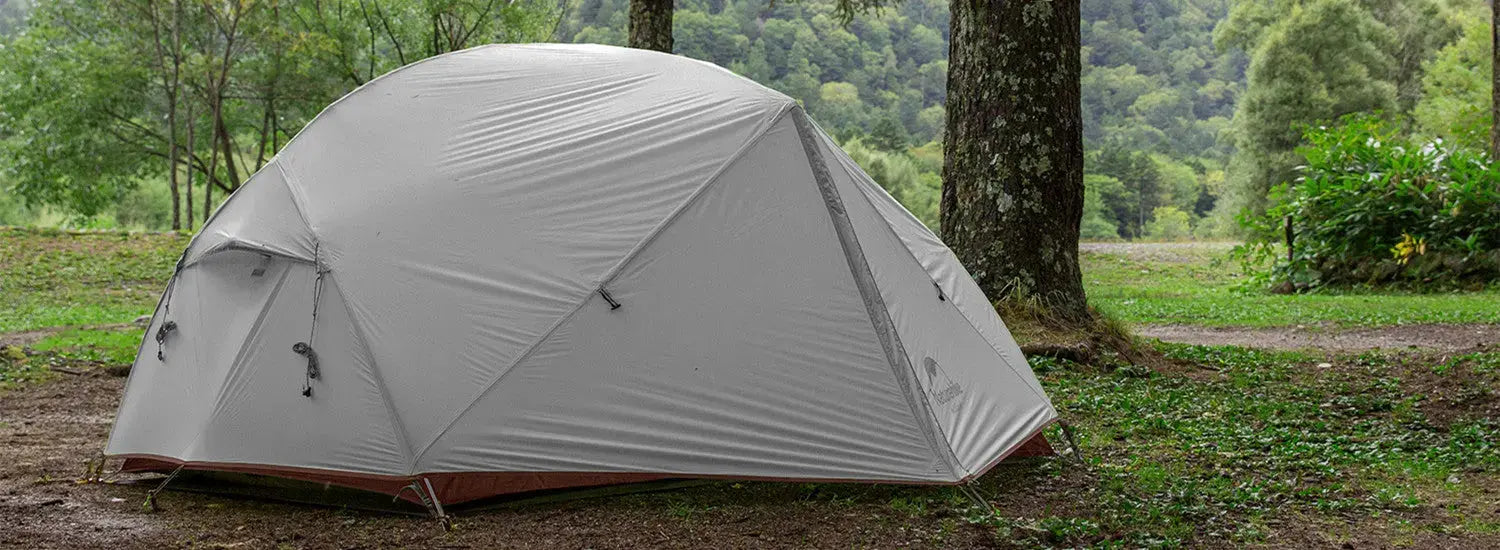
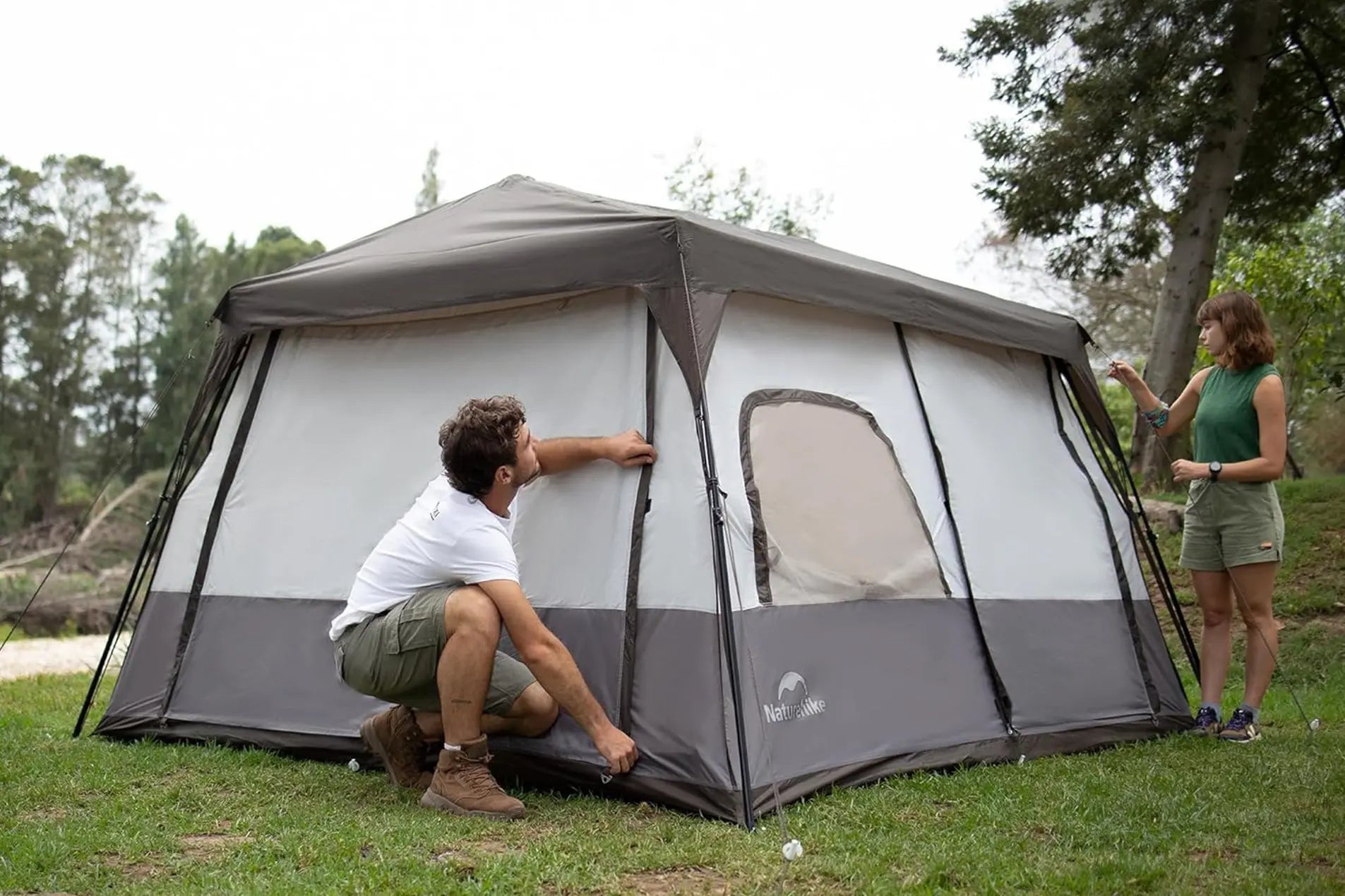
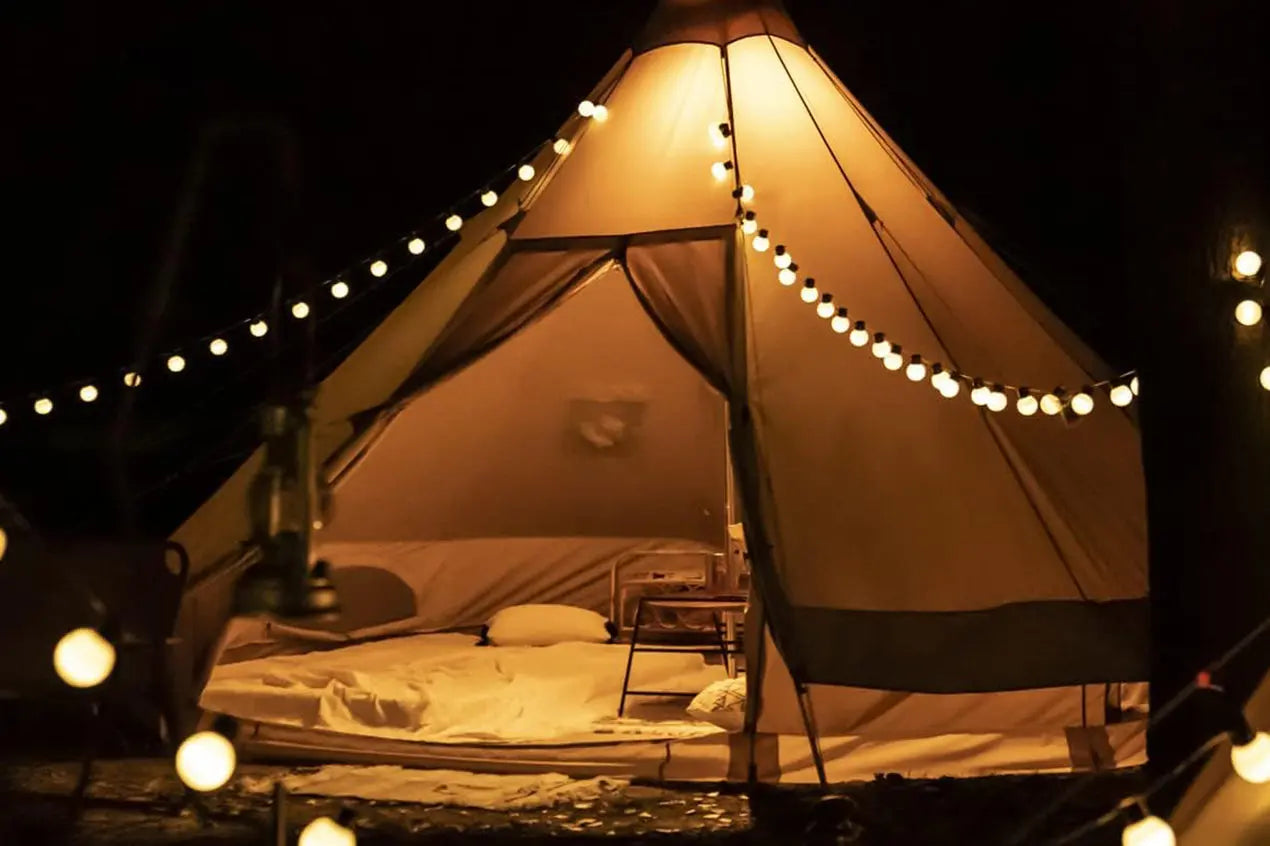
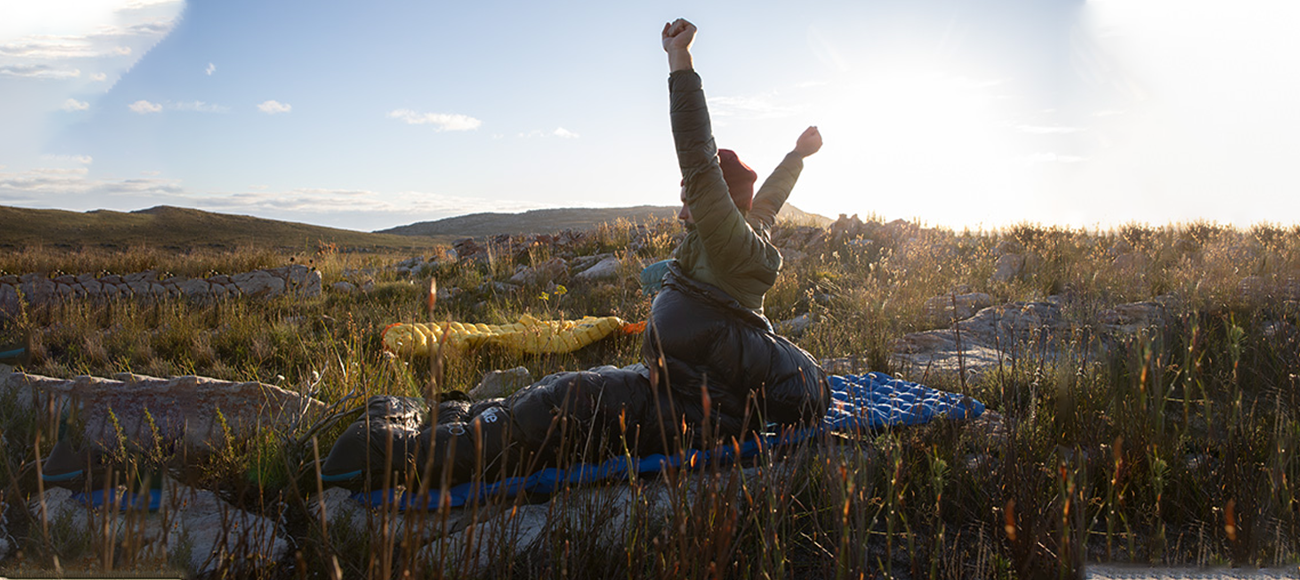

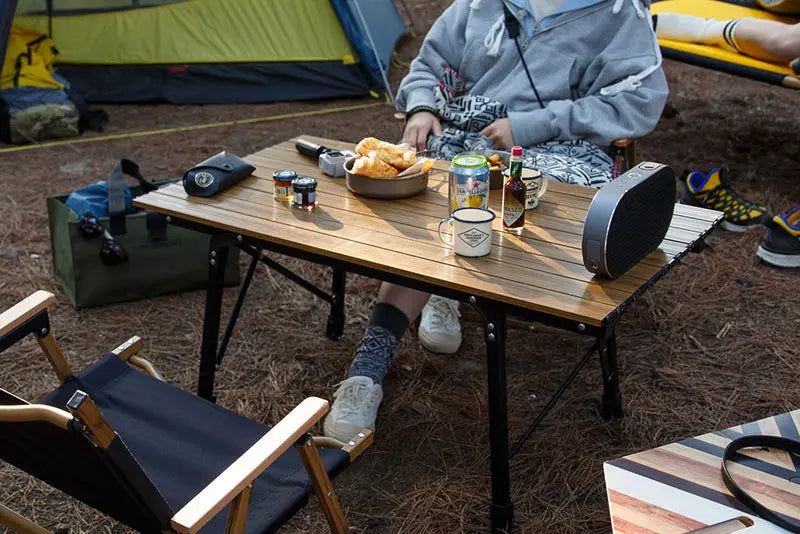

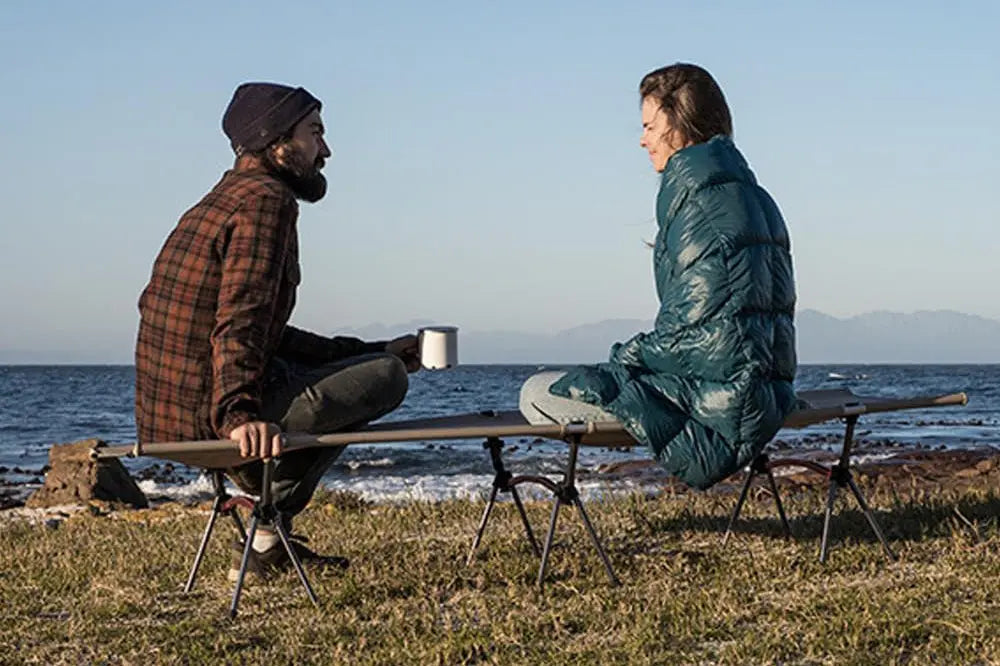
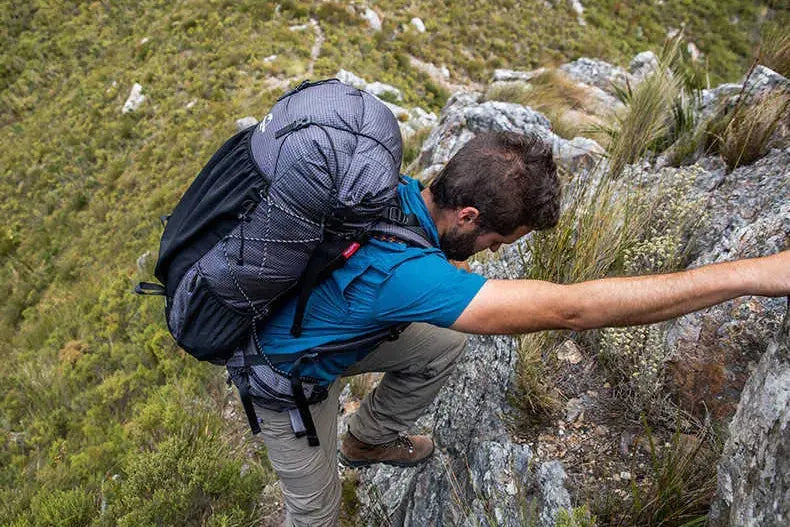


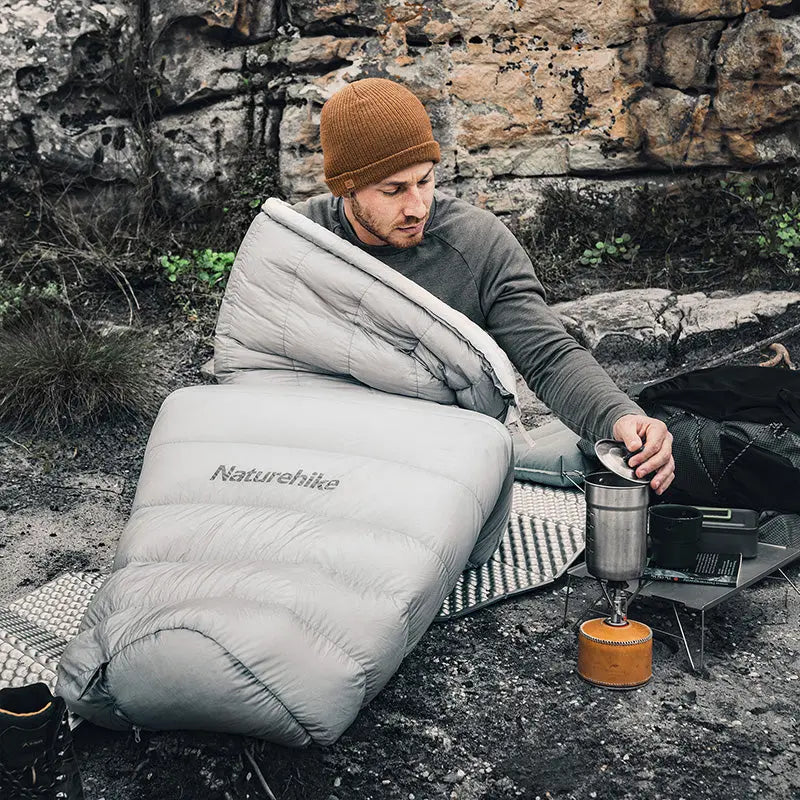

Leave a comment